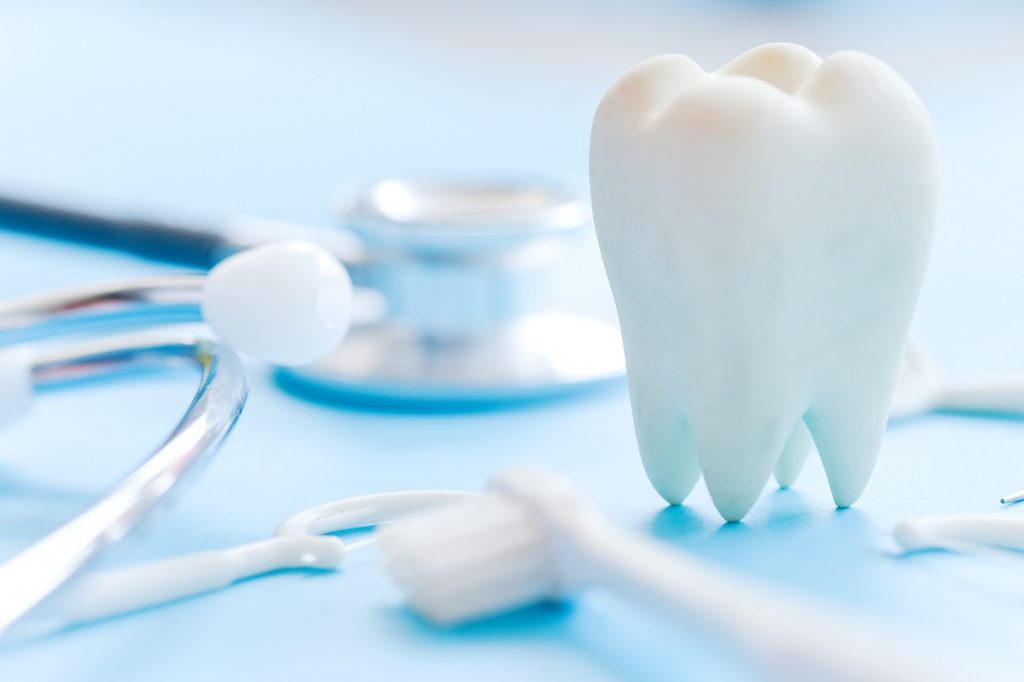Restoration in dentistry refers to the repair of a damaged or missing tooth. Though most people pursue dental restorations to enhance the appearance of their smile, the exercise also boosts your oral health. This is because it eases your dental cleaning and covers your tooth’s surface to avert the infiltration of bacteria.
There are two categories of dental restorations, which are direct and indirect restorations. Direct restorations include repairs made in your mouth like dental fillings and bonding. Indirect restorations are the common in cosmetic dentistry clinics in Meridian.
In indirect restoration, the appliances are fashioned outside your mouth and only affixed to your tooth or a supporting structure. Here are your indirect dental restoration options.
Dental Veneers
These are times referred to as indirect dental bonding agents. Dental veneers are thin shells constructed from porcelain that are used to cover your teeth’s enamel. They are an ideal solution for misshapen, stained and damaged teeth.
The primary advantage of veneers is their close resemblance to natural teeth. They are, however, expensive, and their placement procedure is permanent.
Dental Crowns
These are also called dental caps. Your teeth are first prepared before the application of the crowns. This preparation improves the bond strength of the crowns, their natural appearance and eases their maintenance. There are three dental crown options, including porcelain fused to metal, porcelain and metal crowns.
Metal crowns are the most durable, but have the lowest aesthetic appeal. Porcelain crowns will chip over time, but they are aesthetically appealing while porcelain fused to metal are a hybrid of the two crown material types. Dental crowns might, however, leave your teeth sensitive to heat and cold since the nerve endings are left exposed.
Dental Bridges
These are artificial teeth affixed to your real ones. They are the perfect solution for missing or extracted teeth. The natural teeth, which provide support to the bridges, are known as abutments. Bridges may be cantilevered, fixed or adhered.
Cantilevered bridges are attached to one abutment, while adhered ones are cemented to nearby abutments. Fixed bridges are joined to two abutments. Bridges are made of metal or porcelain, have no effect on your speech and prevent the shifting of other teeth. They are, however, expensive and have high maintenance needs.
Dental Implants

These appliances are surgically fixed into your jawbone. They are generally used to support bridges and crowns in people with missing teeth. The implant site is prepared to support the implant. The preparation might include jawbone grafts and other procedures designed to build up your jawbone if it is inadequate.
You will need three to six months for the site to heal before the placement of the dental implant. Though the placement procedure is lengthy, a dental implant is an incredibly strong appliance.
The above indirect restorations are longer lasting, more aesthetically appealing and more stable compared to direct restorations. This makes them the best alternative for the repair of multiple damaged teeth.
They might, however, be more expensive compared to direct restorations, owing to the dental preparation needed before their placement.

